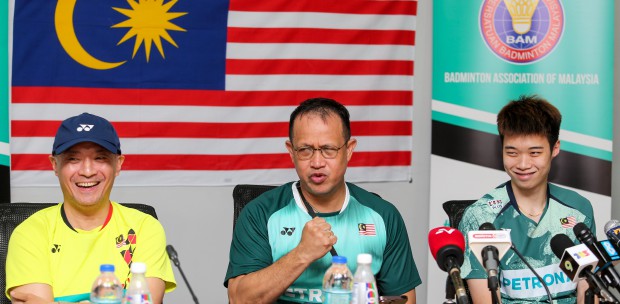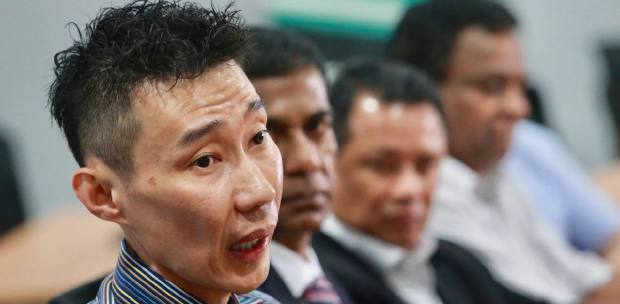KUALA LUMPUR: As the standard of Malaysian badminton continues to dwindle, could there be a change in how the Badminton Association of Malaysia (BAM) operates in the future?
The grapevine suggests that after the Paris Olympics, there might be a shift towards releasing all senior players to turn professional, while the national body focuses more on development.
Traditionally, since the establishment of the Bukit Jalil Sports School (BJSS), players would be absorbed into the national junior squad from the states at the age of 13, transitioning to the national senior squad at 18.
In 2020, all junior players were transferred from BJSS to train and study full time at the newly built Academy Badminton Malaysia (ABM) in Bukit Kiara.
In a landmark decision last year, BAM announced decentralising the junior development programme by absorbing players into ABM after they turn 16. Those below 16 would continue training with their respective state associations and live with their families.
Since Lee Chong Wei's retirement in 2019, Malaysian badminton has experienced very limited success, drawing heavy criticism from the local badminton community.
Chong Wei recently lashed out at national players, questioning their dedication and responsibility after lackluster performances at international events.
Comparing Malaysian badminton to that of China, Japan, and South Korea, the former world No. 1 suggested that adopting the style of these powerhouses could yield different results for BAM.
So what are some potential changes that could improve the fortunes of Malaysian badminton?
One idea is that BAM will focus exclusively on players aged 16-19, releasing them to turn professional afterward. BAM would still conduct selections for team events and multi-sport Games.
Independent players would retain access to world-class facilities at ABM but at their own cost.
This model resembles some associations overseas, where club players continue training at the national association while utilising the facilities.
While nothing has been cast in stone, a significant move like this would require thorough study, planning, and detailed discussions with various stakeholders, including sponsors.
What remains certain is in the ever evolving world of sports, change is inevitable.
Perhaps the time is right for BAM to move forward.






